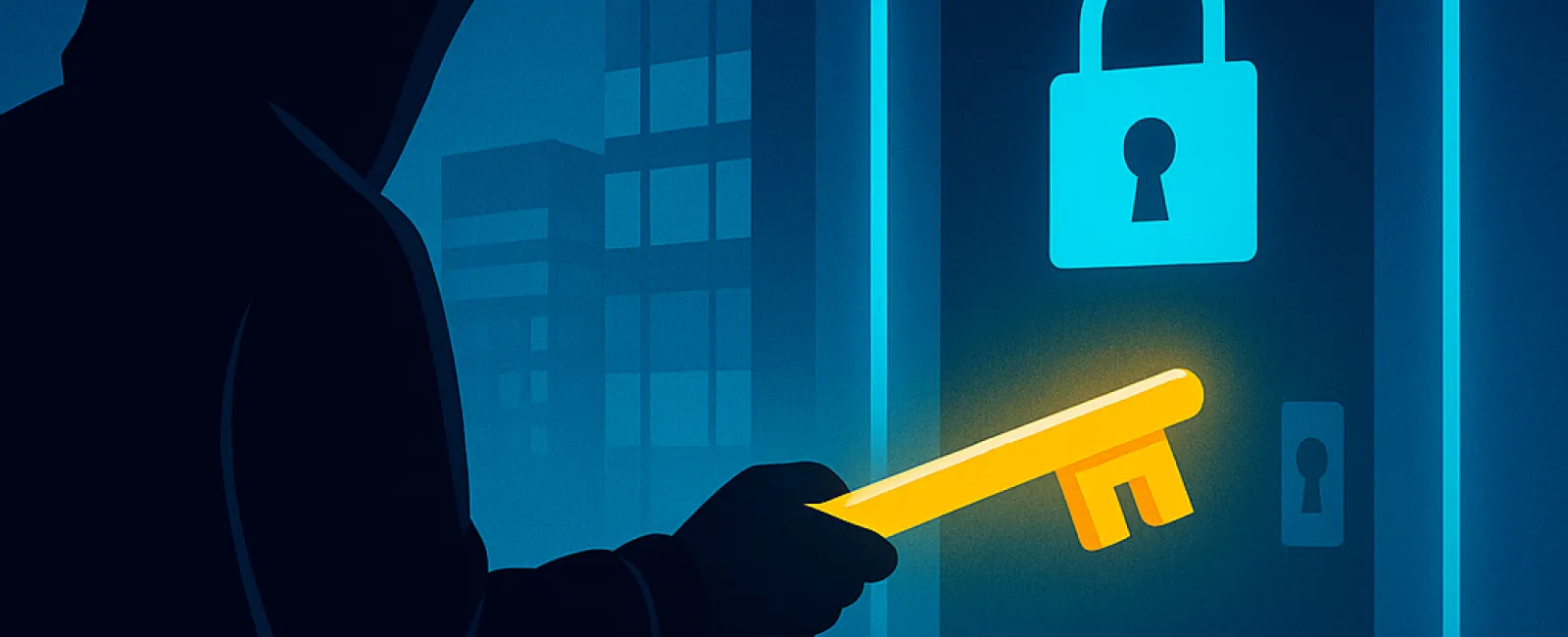August 04, 2025
Cybercriminals are evolving their tactics to target small businesses more effectively. Instead of forceful breaches, they gain entry quietly by stealing your most valuable asset: your login credentials.
This method, known as identity-based attacks, has surged to become the leading way hackers infiltrate systems. They capture passwords, deceive employees with convincing phishing emails, or overwhelm users with repeated login prompts until someone inadvertently grants access. Sadly, these strategies are proving highly successful.
According to a recent cybersecurity report, 67% of major security breaches in 2024 stemmed from compromised logins. Even large corporations like MGM and Caesars suffered from these attacks the year prior—if they're vulnerable, so is your small business.
How Do Hackers Break In?
Most attacks begin with simple stolen passwords, but hackers are now using more sophisticated techniques:
· Phishing emails and fake login portals trick employees into revealing their credentials.
· SIM swapping allows attackers to intercept the text messages used for two-factor authentication codes.
· MFA fatigue attacks bombard your device with login requests until someone unknowingly approves access.
They also target personal devices of employees and external vendors, like help desks or call centers, to find backdoors into your systems.
Protect Your Business with These Simple Steps
The good news? You don't need advanced technical skills to safeguard your company. Implementing a few key measures can dramatically reduce your risk:
1. Enable Multifactor Authentication (MFA)
Add an extra layer of security during login. Opt for app-based or hardware security key MFA, which offer stronger protection than text message codes.
2. Educate Your Team
Train employees to identify phishing scams, suspicious emails, and unusual login requests. Empower them to report any concerns immediately.
3. Restrict Access Privileges
Grant employees only the access they need to perform their jobs. Limiting permissions minimizes damage if an account is compromised.
4. Adopt Strong Password Practices or Go Passwordless
Encourage using password managers or switch to biometric logins and security keys that eliminate reliance on passwords altogether.
Your Next Steps
Hackers relentlessly pursue your login details, constantly devising new tactics. Staying protected doesn't require going it alone.
We specialize in implementing robust security measures that safeguard your business without disrupting your team's workflow.
Ready to find out if your business is at risk? Let's talk. Click here or give us a call at 916-626-4000 to book your 15-Minute Discovery Call.





